Our Applications
Flow and Imaging Cytometry
Flow cytometry is diagnostics platform that is used to analyze our body’s immune response by counting various types of immune cells.
It is used in the research, diagnosis, and treatment monitoring of different types of cancers such as leukemia and infectious diseases caused by HIV. Typically, cells from a blood sample are labeled with fluorescent reagents then the flow cytometer uses a combination of fluidics, lasers and detectors to count (and sort) the specific type of immune cells. Imaging cytometry is a fairly recent innovation that incorporates additional microscopy capabilities onto the flow cytometer allowing pictures to be taken of cells in the fluid stream.
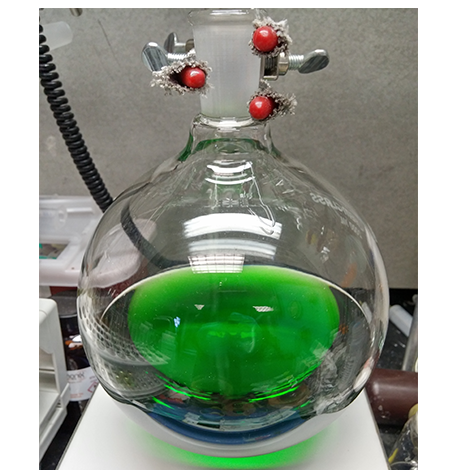
Microscopy
Optical microscopy uses microscopes that contain lenses to magnify and view objects such as cells that cannot be seen with the naked eye.
Fluorescent dyes are used to illuminate specific cells (or specific internal components of a cell) so they can be better analyzed for form and function
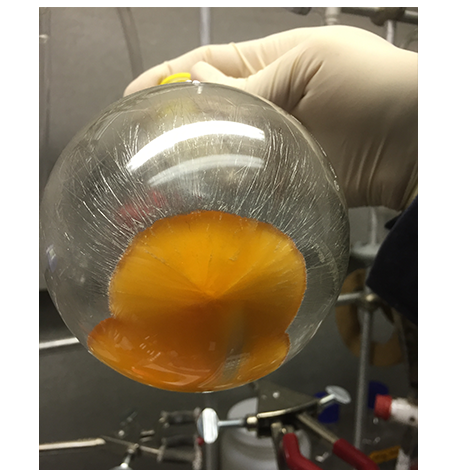
Immunoassays and ELISA
Immunoassays are biochemical tests that use antigen/antibody reactions to detect and measure the concentration of molecules in solution or associated with a physical matrix or cell.
An enzyme-linked immunosorbent assay (ELISA) is a plate-based immunoassay in which enzymes conjugated to antibodies are used to catalyze a reaction with a substrate that results in the production of a measurable product.
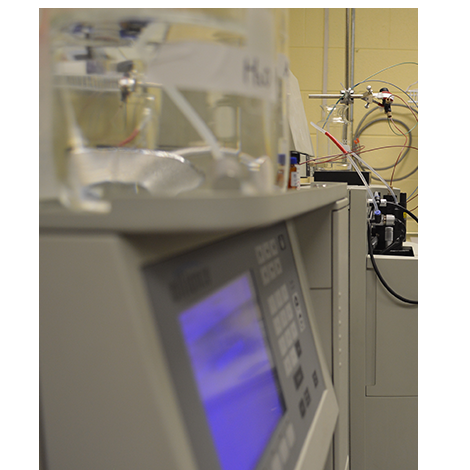
Photoacoustic Imaging
Photoacoustic imaging (also called optoacoustic imaging) is an emerging, non-invasive imaging method.
It is also a technology in which organic dyes or inorganic materials such as gold nanorods are excited with a laser, resulting in the release of heat that is propagated through tissue as an acoustic wave. This wave can then be detected and analyzed with ultrasound instrumentation creating an ultrasound image with much greater resolution similar to microscopy but much deeper into tissue.
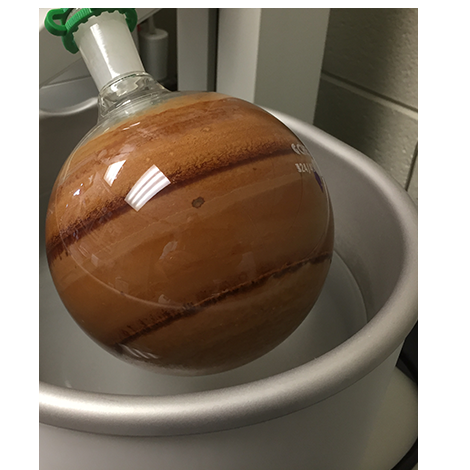
Molecular Diagnostics
Molecular diagnostics techniques are used to identify a disease based on variations.
It is also a collection of techniques used to analyse biological markers in the genome and proteome—the individual's genetic code and how their cells express their genes as proteins—by applying molecular biology to medical testing.
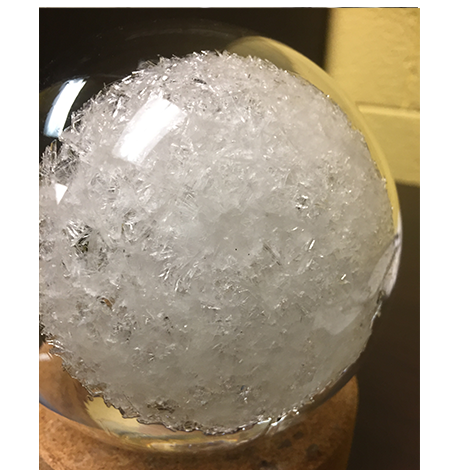
Photodynamic Therapy (PDT)
Photodynamic therapy is the use of photosensitizing agents and light for the treatment of disease.
After exposure to the appropriate wavelength of light, these agents generate reactive oxygen species that then kill cells nearby. PDT is often used for the treatment of many different skin conditions and esophageal and certain types of lung cancers.
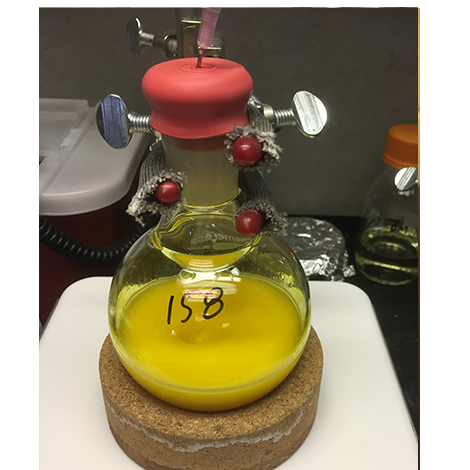
Theranostics
Theranostics refers to technologies that utilize single molecules that possess both diagnostic and therapeutic components simultaneously.
It also refers to the development of molecular diagnostic tests and targeted therapeutics in an interdependent, collaborative manner with the goals of individualizing treatment by targeting therapy to an individual's’ specific disease subtype and genetic profile.
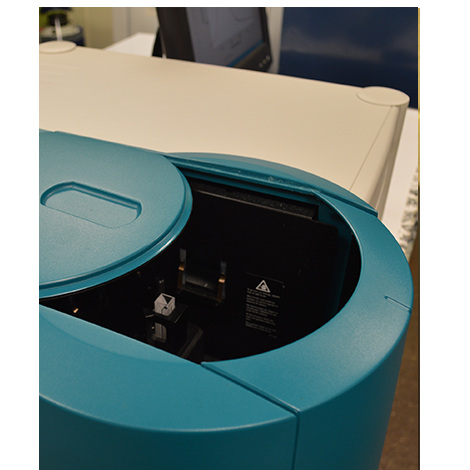
Nanoparticles
Nanoparticles are particles made of various materials that are between 1 and 100 nanometers in size
In medicine, such particles are used for development of contrast reagents for imaging and as carriers for gene and drug delivery. Ultrafine particles are the same as nanoparticles and between 1 and 100 nanometers in size, fine particles are sized between 100 and 2,500 nanometers, and coarse particles cover a range between 2,500 and 10,000 nanometers. Scientific research on nanoparticles is intense as they have many potential applications in medicine, physics, optics, and electronics.
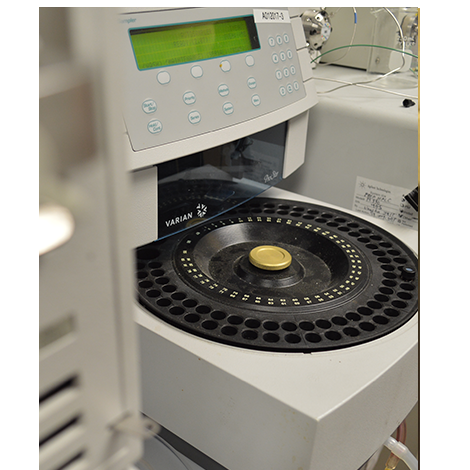
NIRvana Sciences is taking multiplexing to the next level
More Info919.354.1053
27020 Kit Creek Road, Suite 230 Research Triangle Park, North Carolina 27709 USA
